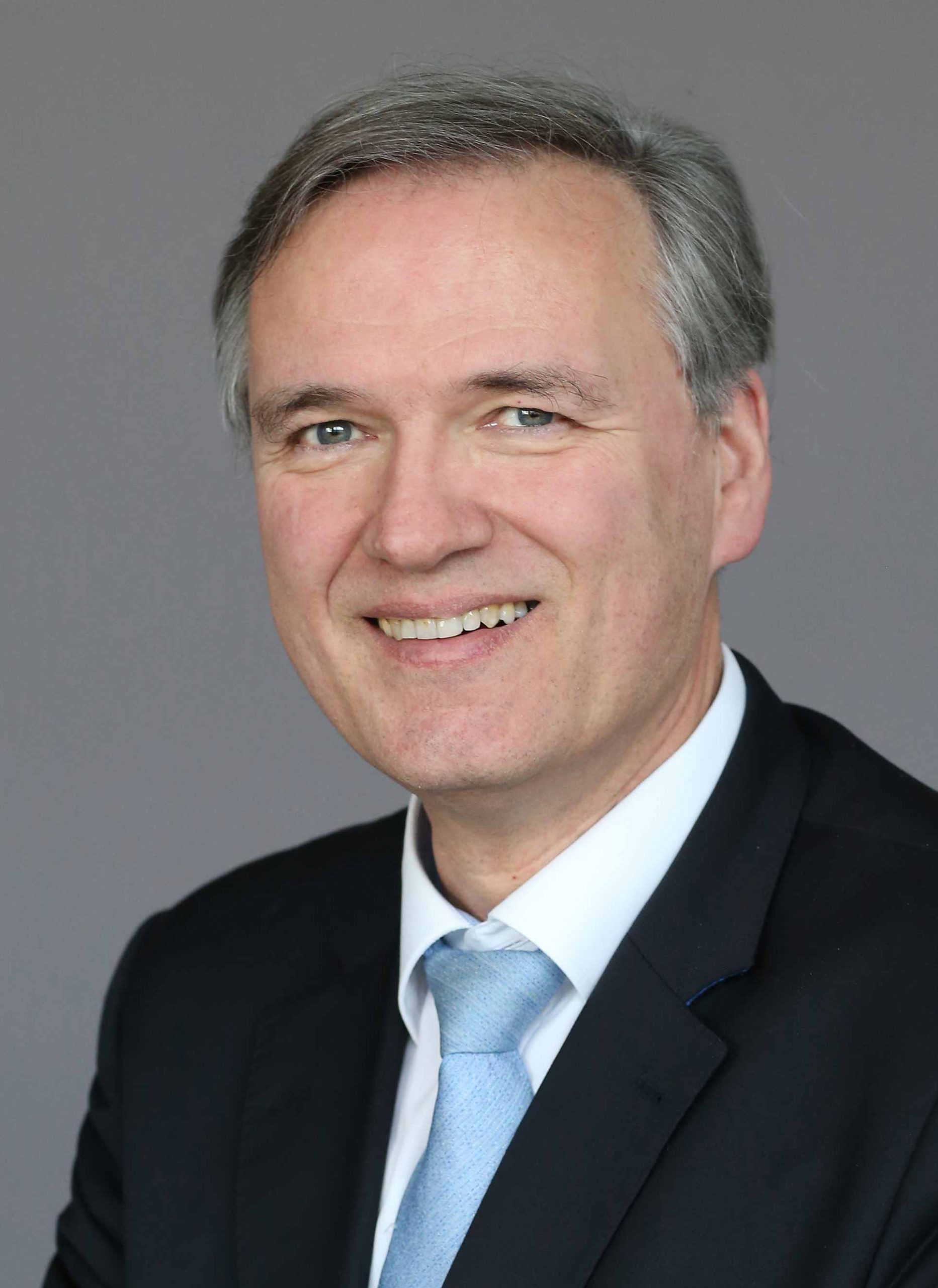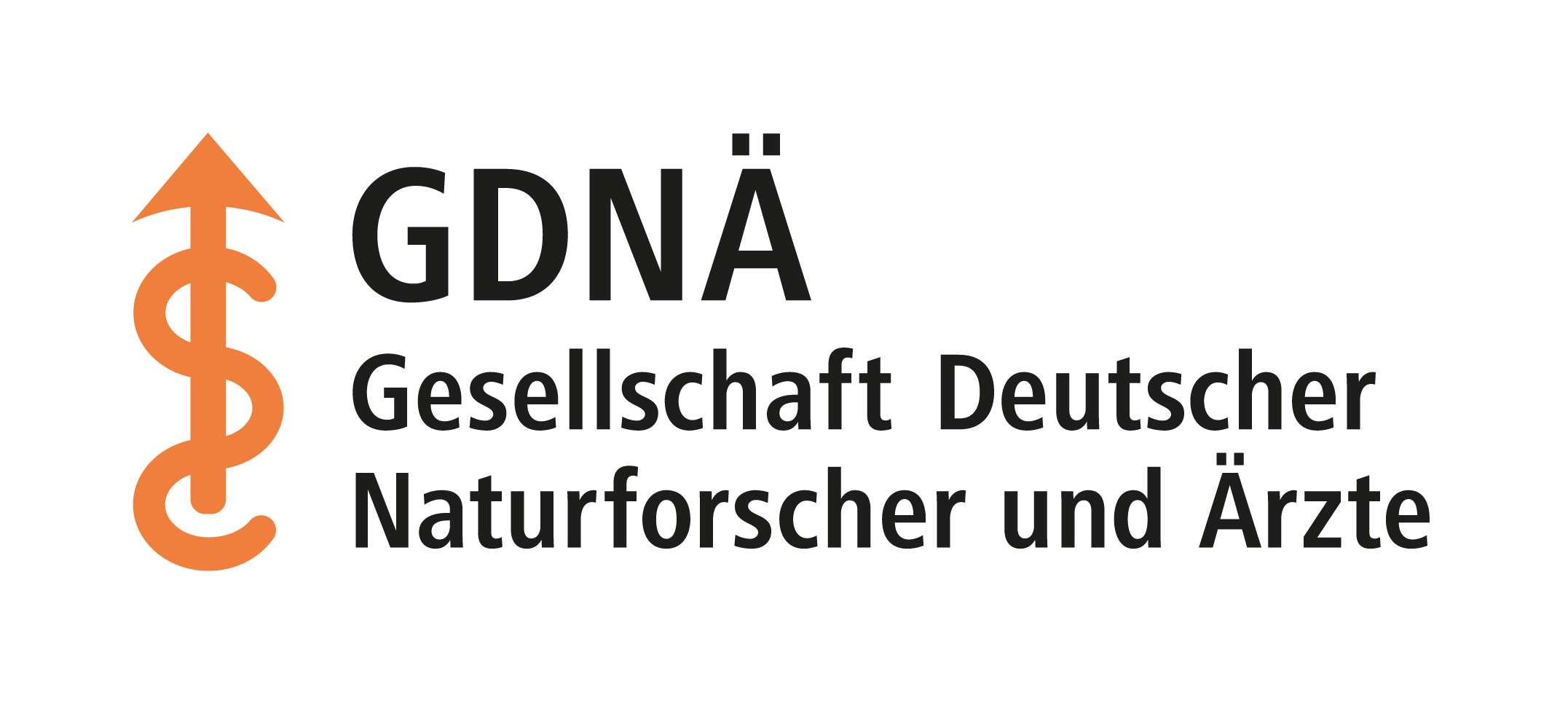Snapshots of twitching molecules
Berlin-based experimental physicist Thomas Elsässer uses ultrashort light pulses to make tiny movements of matter visible. What he and his team are investigating is of great practical use for the development of new materials, for medicine and biology – and for a fast, stable Internet.
Professor Elsässer, you head the Max Born Institute for Nonlinear Optics and Short Pulse Spectroscopy. That sounds pretty complicated. Can you explain it simply?
We generate ultra-short and ultra-intense light pulses and study their interaction with matter. In this way, we can image and precisely study extremely fast processes in atoms and molecules.
So you are doing speed imaging in a world that is normally hidden from the human eye?
Yes, you could put it that way. In fact, it is now possible to follow electron movements in solids, molecular movements in liquids or the processes of chemical reactions in real time. First, the process under investigation is triggered by an ultrashort light pulse, and then, in the next step, a second light pulse is used to determine the current value of an optical measurand, for example the instantaneous reflectance of a molecular sample. Repeated measurements result in a sequence of snapshots that show a sequence of movements, similar to a motion picture film. But it’s not just about observing and imaging: Tailored ultrashort light pulses can also be used to specifically control processes, for example to optimize chemical reactions.
Ultrashort pulses are obviously the linchpin: What exactly is meant by this?
We’re talking about light flashes lasting just a few femtoseconds. A femtosecond is one billionth of a millionth of a second. Such unimaginably short light pulses, in which a power of several million megawatts is concentrated for a very short time, are generated in special lasers. This is the only way to study ultrashort processes in matter.

© Max-Born-Institut
An experimental setup for generating intense femtosecond pulses in the infrared range at a wavelength of five micrometers. At the Max Born Institute, the system is used to generate ultrashort hard X-ray pulses.
Can the findings also be applied in practice?
Yes, there are already a large number of applications in the technical and medical fields, and new ones are being added all the time. One example is the Internet, whose main strand today consists of fiber optic cables. There, huge amounts of data are transmitted with light pulses in the picosecond range – a picosecond is one millionth of a millionth of a second. Another example comes from materials science: If materials are processed with a femtosecond laser, high-precision holes can be produced without fraying the edges. Very good experience has been made with this in the production of injection nozzles. Or let’s take medicine: Here, research in my field is contributing to ever more precise imaging processes and precisely fitting laser therapies, for example for retinal welding in ophthalmology.
What are the major trends in your field?
Currently, there is massive international investment in large-scale machines to detect ultrafast structural changes in matter with ultrashort X-ray pulses. Applications range from physics, chemistry and materials research to biology. Such large-scale machines already exist in Stanford, Hamburg, Rüschlikon and some Asian countries, and further machines are under construction elsewhere. It is already clear that the determination of instantaneous atomic structures together with results from ultrafast spectroscopy can capture the dynamics of matter down to the smallest detail.
What are the current focal points at your institute?
In my research group, the main focus is currently on the BIOVIB project, for which I have received a second ERC grant in 2019, associated with funding of 2.5 million euros. With BIOVIB, we are trying to elucidate dynamic electrical interactions in biological macromolecules. The current focus is on transfer RNA, or tRNA for short, which reads information from messenger RNA (mRNA) in the cell like a read head and enables the synthesis of proteins from amino acids. The structure of tRNA is stabilized by electrical interactions with its environment, which we would like to understand in detail. If we find the right starting points here, targeted modifications in the sense of molecular engineering are also conceivable. Other groups at the institute are working, for example, on the dynamics of electrons in the sub-femtosecond time range and ultrafast magnetic processes.
Today, the Max Born Institute is a vital, renowned research institution. Was this foreseeable in 1993 when you came to the southeast of Berlin?
I hoped so, of course, but it was not yet apparent at the time. At the beginning of the 1990s, the Adlershof research site was not yet competitive and at times looked like a sandy desert with rather dilapidated buildings. Our institute had emerged from parts of the Central Institute for Optics and Spectroscopy of the Academy of Sciences of the GDR and over the years transformed itself into an internationally competitive research facility. We have received much support along the way, including excellent cooperation with other research institutions in the region. Our basic funding from the federal and state governments, and here primarily from the state of Berlin, is good. As a scientist, I have every freedom. I really can’t complain.
So you are fully satisfied?
Not entirely. We are critical of the planned new Higher Education Act for Berlin, which will give the Senate significantly more influence, for example in appointing professors. In general, we have problems with the increasing density of regulations in research and administration. This often takes on Kafkaesque features, delays the allocation of research funds, and thus damages our competitiveness. The shortage of funds at Berlin’s universities is also a major problem for non-university research, because the universities are very important partners for us. Unfortunately, there is a pronounced culture of mistrust in some places in the Berlin administration, quite unlike in other federal states. This is not good for science at all.
You are committed to science and research far beyond your institute. What drives you?
I simply enjoy thinking outside the box and contributing my own experience. For example, at the Berlin-Brandenburg Academy of Sciences and Humanities, where I am currently involved in several projects. For example, we are looking at scientific freedom and cancel culture in academia, i.e., the trend toward excluding scientists with dissenting opinions. I also often give school talks in Brandenburg and talk to young people about my research, life as a scientist, and their ideas for the future.
You have been a member of the GDNÄ for many years and are involved as a representative of the subject of physics. Is there anything you would like to achieve in this role?
It would be wonderful if we could involve the public and especially young people even more – I would very much like to contribute to that. I was able to experience that the GDNÄ has an excellent image in the scientific community when we invited professional colleagues to give lectures at the 200th anniversary celebration in Leipzig: There were only acceptances. A good idea to strengthen the cohesion of the members between meetings are regional meetings. And we can certainly expand the programs for schoolchildren, which are already excellent. For example, with free Zoom lectures for young people – I would get involved in that right away. For adults, we could put info flyers on the web on relevant, current issues, such as electricity transport from the coasts to the south, climate change, or topics related to the Internet. The GDNÄ has a great deal of expertise in this area.

© Max-Born-Institut / Ralf Günther
About the person
Prof. Dr. Thomas Elsässer is Director at the Max Born Institute for Nonlinear Optics and Short Pulse Spectroscopy in Berlin-Adlershof and Professor of Experimental Physics at the Humboldt University (HU). He came to Berlin in 1993, when Adlershof still “looked like a sandy desert with GDR buildings”, reports the native of Tübingen in our interview. He had made a conscious decision to do pioneering work in the southeast of Berlin and turned down calls to the universities of Zurich and Stuttgart.
In 1991, Thomas Elsässer had habilitated – at the Technical University of Munich, where he had earned his doctorate after completing his physics degree with a thesis in the field of picosecond spectroscopy and had spent several years conducting research. In 1990, he spent time as a postdoc at the famous Bell Labs in New Jersey.
Now 63, he has received many prizes and awards, including two European Research Council (ERC) Advanced Grants in 2009 and 2019. In 2013, Thomas Elsässer turned down an offer from Stanford.
He is a member of the Berlin-Brandenburg Academy. He has been involved in the GDNÄ as a physics subject representative since 2014.

© Max-Born-Institut
An important institution on the Adlershof science campus in southeast Berlin: the Max Born Institute, which is housed in several buildings with its offices, laboratories, seminar rooms and a lecture hall.
The Max Born Institute for Nonlinear Optics and Short Pulse Spectroscopy (MBI) is a scientifically independent research institution. It is part of the Forschungsverbund Berlin e.V. and a member of the Leibniz Association and is institutionally funded in equal parts by the Federal Government and the Länder, in particular by Berlin.
The MBI maintains close scientific ties with Berlin’s universities. Its directors have each been appointed jointly with one of the Berlin universities. Marc Vrakking is a professor at FU Berlin, Stefan Eisebitt at TU Berlin, and Thomas Elsässer at HU Berlin.
The institute was founded in late 1991 and has nearly 200 employees, almost half of whom are scientists. The annual budget is about 23 million euros.
Max Born, the institute’s namesake, is one of the most important pioneers of modern physics. Born (together with Walther Bothe) received the Nobel Prize in Physics in 1954 for his fundamental research in quantum mechanics.
